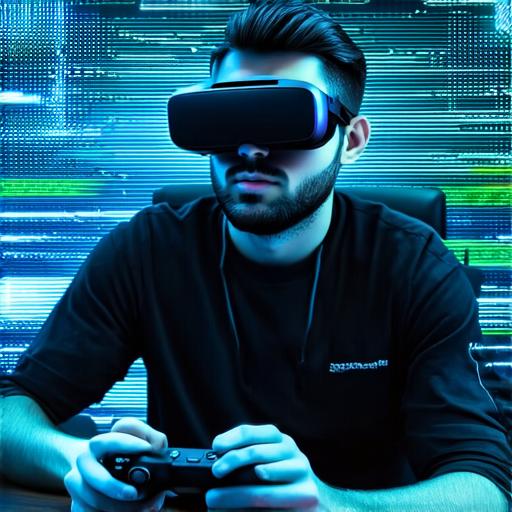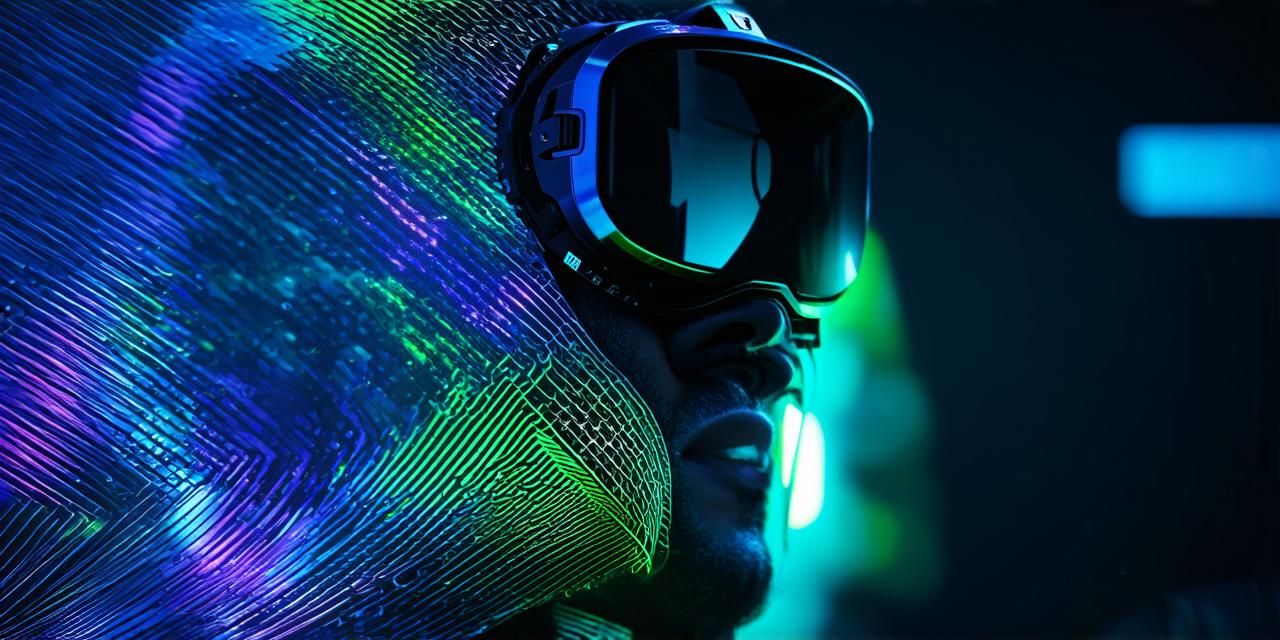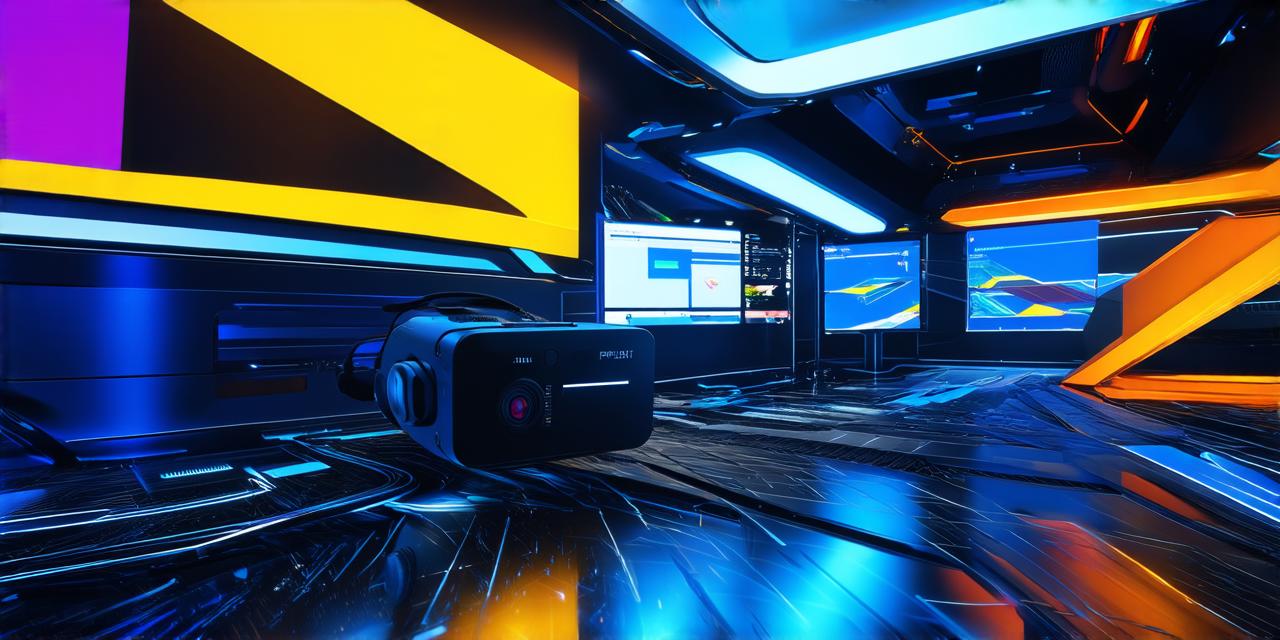Virtual reality (VR) technology is rapidly evolving and becoming more accessible to developers of all types. From gaming to education, virtual reality programs have the potential to transform the way we interact with digital content.
1. Define Your Project Scope and Objectives
Before you begin your VR development project, it’s important to define your project scope and objectives. What do you hope to achieve with your program? What type of content will it include? Who is your target audience? Answering these questions upfront will help you create a clear plan for your project and ensure that you stay on track as you develop.
1. Choose Your Development Platform

There are several VR development platforms available, each with its own strengths and weaknesses. Some popular options include Unity, Unreal Engine, and A-Frame. It’s important to choose a platform that is well-suited for your project and your level of experience. You may also want to consider factors such as cost, performance, and ease of use when selecting a platform.
1. Design Your Virtual Environment
The virtual environment is the 3D space in which your VR program will take place. It’s important to design this environment with your target audience in mind, considering things like lighting, texture, and layout. You may also want to consider incorporating interactive elements such as buttons or levers that allow users to interact with the virtual world.
1. Develop Your Content
Once you have designed your virtual environment, it’s time to develop your content. This could include creating 3D models of objects and characters, writing dialogue and narration, or programming interactive elements. It’s important to keep in mind that VR development can be a resource-intensive process, so it may be helpful to break down your content into smaller, more manageable tasks.
1. Test and Refine Your Program
Testing is an essential part of the VR development process. You will want to test your program on multiple devices and platforms to ensure that it runs smoothly and provides a good user experience. You may also want to seek feedback from beta testers or focus groups to refine your program based on user feedback.
1. Publish Your Program
Once you have completed development and testing, it’s time to publish your virtual reality program. There are several options for publishing VR content, including app stores and online platforms like Steam or the Oculus Store. It’s important to choose a platform that is well-suited for your target audience and to carefully consider pricing and distribution strategies.
Case Studies: Real-Life Examples of Successful VR Development Projects
There are many examples of successful virtual reality development projects, ranging from gaming to education and beyond. Here are a few examples to inspire AR developers:
- Google Expeditions
Google Expeditions is an educational VR program that allows students to explore different locations around the world in 3D. The program has been widely adopted by schools and universities, and has received positive reviews for its engaging and immersive content.




